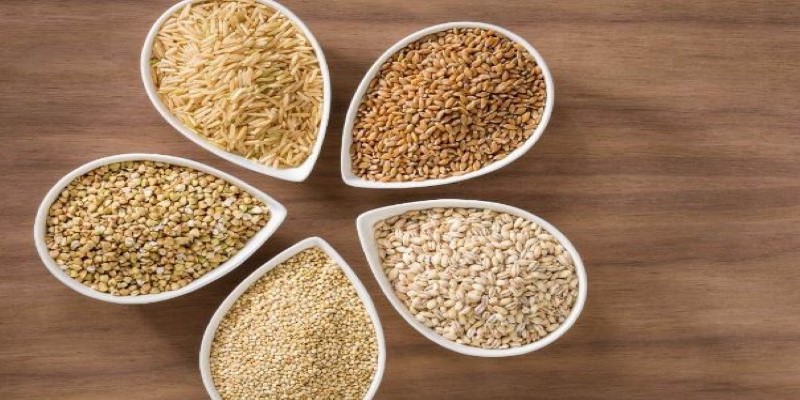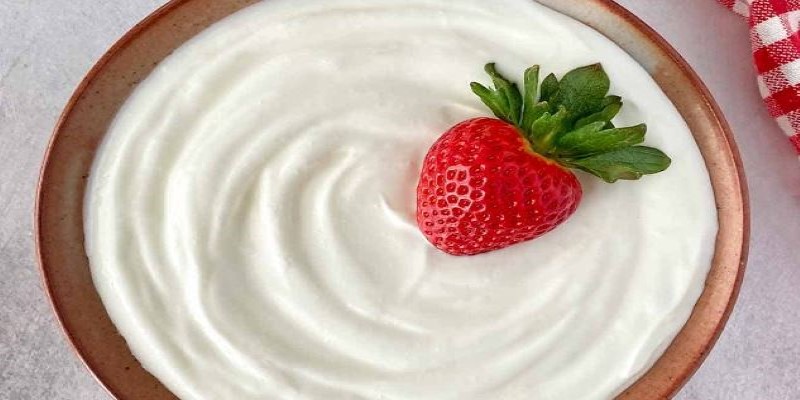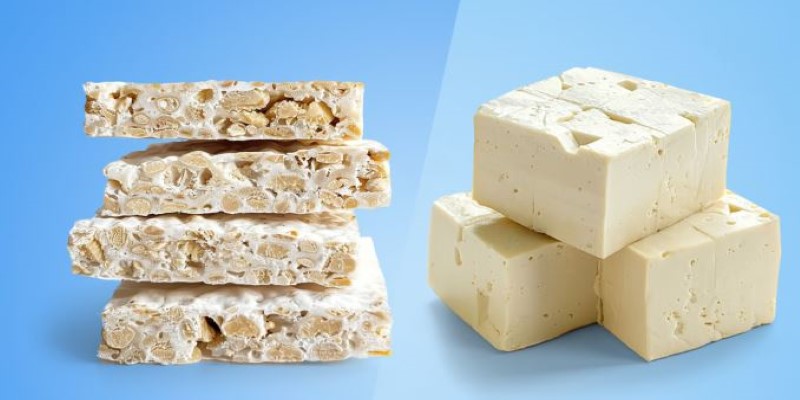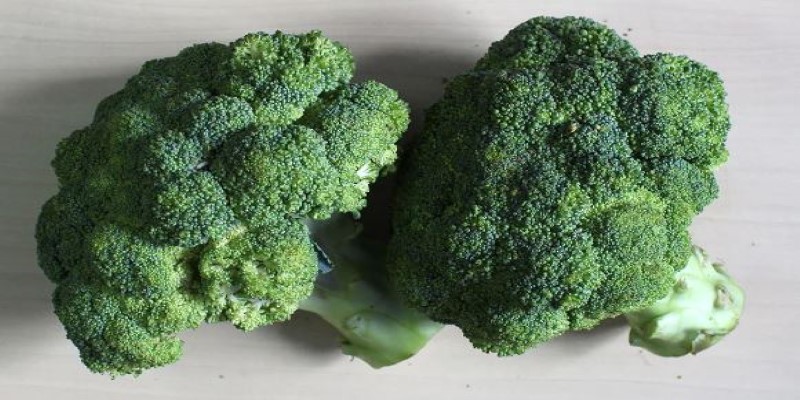9 Easy Ways To Incorporate More Protein Into Vegetarian Diets
As more people are shifting towards vegetarian diets for health, environmental, or ethical reasons, ensuring adequate protein intake can become a concern.
As more people are shifting towards vegetarian diets for health, environmental, or ethical reasons, ensuring adequate protein intake can become a concern. Protein is essential for building and repairing tissues, making enzymes and hormones, and supporting overall health. If you're a vegetarian or looking to reduce meat consumption, there are plenty of delicious and nutritious ways to boost your protein intake without compromising your dietary choices. This article provides straightforward and practical ideas to help you incorporate more protein into your vegetarian meals.
Understanding Your Protein Needs
Before diving into ways to increase protein intake, it's crucial to understand how much protein you need. The Recommended Dietary Allowance (RDA) for protein varies by age, sex, and level of physical activity. Generally, adults should aim for about 46 grams of protein per day for women and 56 grams for men. However, athletes or those who engage in regular vigorous exercise may require more. If you're active or looking to build muscle, your protein needs could be higher, making it all the more important to focus on protein-rich foods.
Embrace Legumes
Legumes, such as lentils, chickpeas, black beans, and kidney beans, are fantastic sources of plant-based protein. They are also packed with fiber, which can help keep you feeling full and satisfied. One cup of cooked lentils provides around 18 grams of protein, while the same amount of chickpeas offers about 15 grams. You can easily incorporate legumes into your meals by adding them to soups, salads, or stir-fries. For a hearty dish, try making a lentil stew or a chickpea curry. They are not only protein-rich but also versatile and budget-friendly.
Incorporate Quinoa And Other Whole Grains
Quinoa is often celebrated as a superfood and for a good reason. It's a complete protein, meaning it contains all nine essential amino acids that our bodies cannot produce on their own. A cup of cooked quinoa provides approximately 8 grams of protein. You can use quinoa as a base for salads, grain bowls, or even as a side dish instead of rice. Other whole grains, such as farro, barley, and bulgur, are also great sources of protein. Mixing these grains into your meals not only enhances their nutritional value but also adds a delightful texture and flavor.

Snack Smart With Nuts And Seeds
Nuts and seeds are excellent sources of protein and healthy fats. They make for a perfect snack option or can be added to meals for an extra protein boost. For instance, almonds provide about 6 grams of protein per ounce, while pumpkin seeds pack around 7 grams per ounce. Consider sprinkling seeds over your salads or yogurt or blending them into smoothies. Nut butter, like almond or peanut butter, can also be spread on whole-grain bread or added to oatmeal for a satisfying protein-rich treat. Just be mindful of portion sizes, as nuts are calorie-dense.
Explore Dairy Alternatives
For those who consume dairy, products like Greek yogurt, cottage cheese, and cheese are rich in protein. Greek yogurt is particularly high in protein, with around 20 grams per cup. You can enjoy it plain, add it to smoothies, or use it as a base for dressings and dips. If you’re lactose intolerant or prefer plant-based options, there are numerous dairy alternatives available. Many brands of soy milk, almond milk, and oat milk now offer protein-fortified versions. Look for products made with pea protein or other high-protein ingredients to ensure you’re getting enough.

Try Plant-Based Protein Powders
Plant-based protein powders can be an excellent addition to your diet, especially if you have a busy lifestyle or find it challenging to meet your protein needs through food alone. There are various options available, including pea protein, brown rice protein, and hemp protein. These powders can easily be added to smoothies, oatmeal, or baked goods. Just be sure to choose a product with minimal added sugars and artificial ingredients. While whole foods should be your primary protein source, supplements can help fill in any gaps.

Don’t Forget About Eggs
If you include eggs in your vegetarian diet, they can be a fantastic source of protein. A large egg contains about 6 grams of protein and is also rich in essential vitamins and minerals. Eggs can be prepared in countless ways, whether scrambled, boiled, poached, or made into an omelet. For a protein-packed breakfast, consider an egg and vegetable scramble or an egg salad sandwich on whole-grain bread.
Increase Your Vegetable Intake With Protein-Rich Varieties
While vegetables are not typically high in protein, some varieties do offer a decent amount. For example, broccoli, spinach, Brussels sprouts, and artichokes all contain a surprising amount of protein for vegetables. A cup of cooked spinach has about 5 grams of protein. Adding these veggies to your meals not only boosts protein but also increases your intake of vitamins, minerals, and fiber. You can stir-fry these vegetables, add them to pasta dishes, or toss them into salads for added nutrition.

Meal Planning For Success
Incorporating more protein into your vegetarian diet can be made easier with thoughtful meal planning. Take some time each week to plan out your meals and snacks, ensuring that you include a variety of protein sources. Aim to balance your meals with legumes, grains, nuts, seeds, and dairy or alternatives. Having a well-thought-out meal plan can help you avoid the temptation of quick, low-protein options and keep your nutrition on track.
Listen To Your Body
As you work on increasing your protein intake, it’s important to listen to your body’s needs. Everyone’s nutritional requirements are different, and what works for one person may not be suitable for another. Pay attention to how you feel, and adjust your diet accordingly. If you’re feeling fatigued or not recovering well after workouts, you may need to assess your protein intake and make necessary adjustments.

Conclusion
Increasing your protein intake on a vegetarian diet is entirely achievable with a bit of planning and creativity. By embracing legumes, whole grains, nuts, seeds, dairy alternatives, and other protein-rich foods, you can easily meet your nutritional needs while enjoying a diverse and satisfying diet. Remember, the journey to a balanced vegetarian diet is personal and unique, so take the time to find what works best for you.